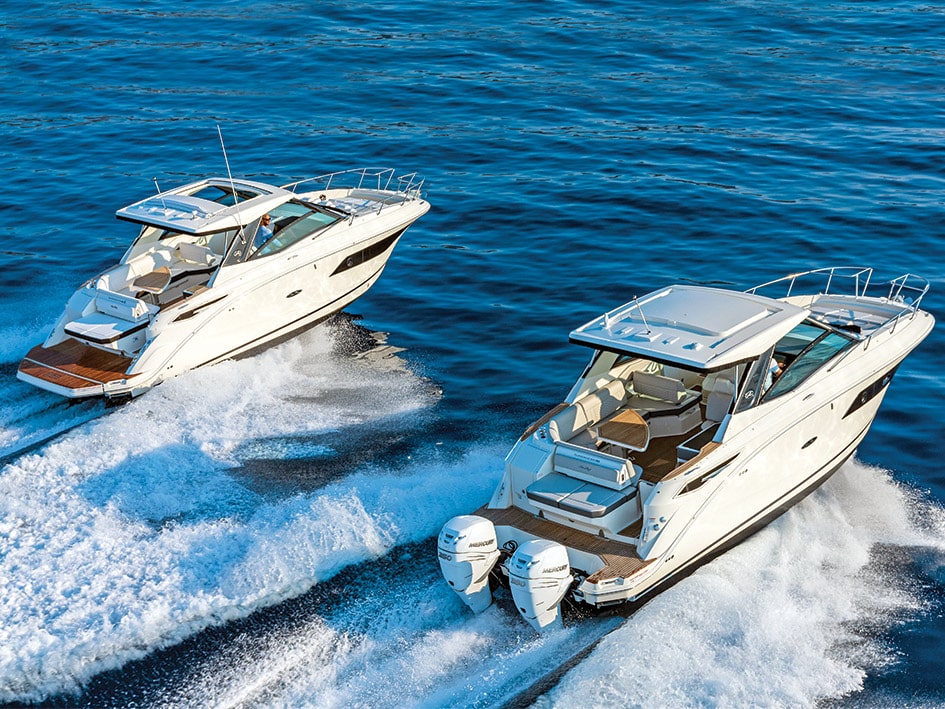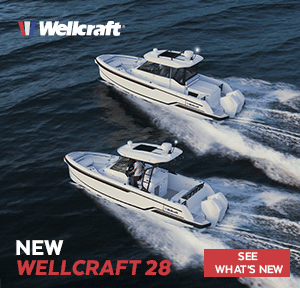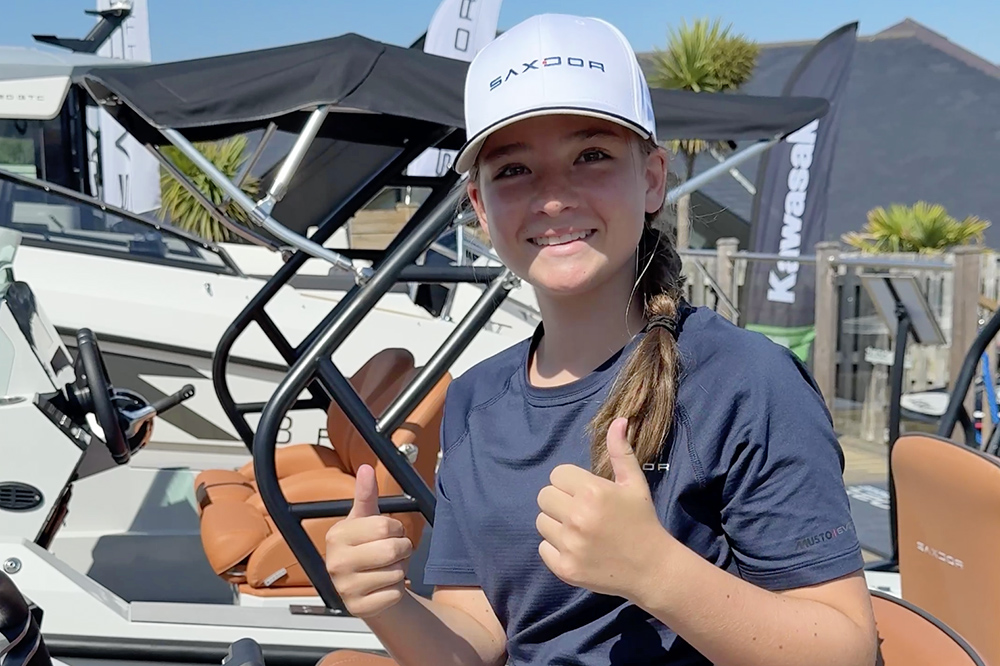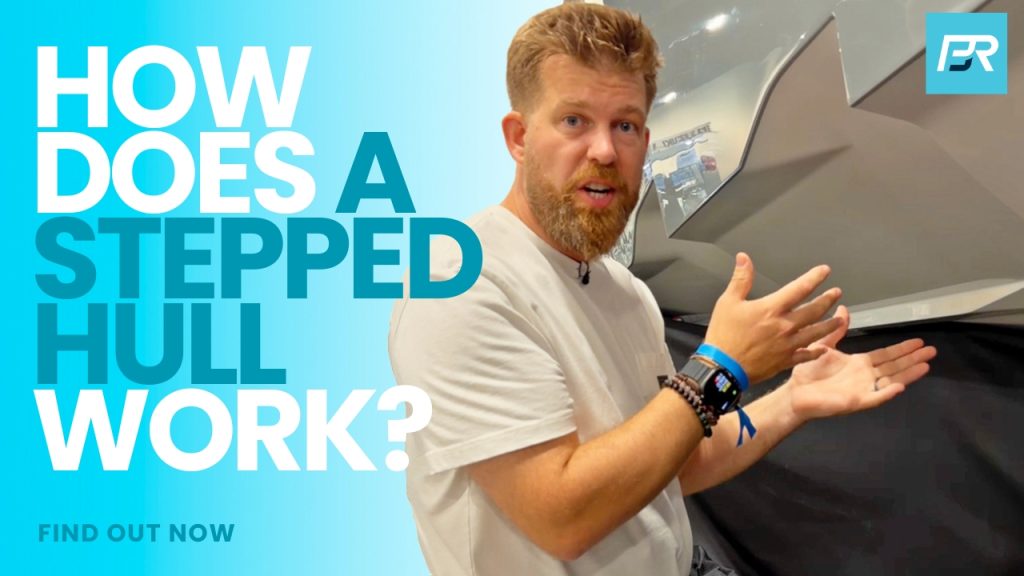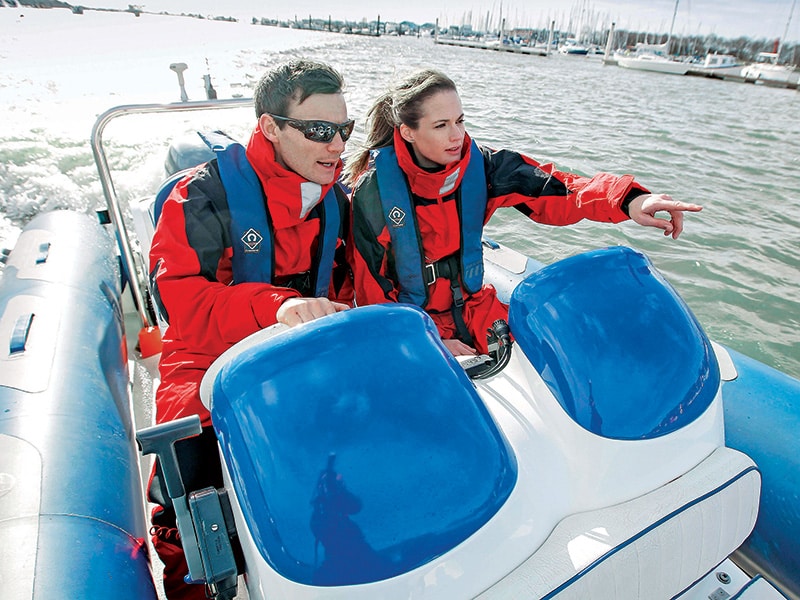Rule 5: Look-out
Every vessel shall at all times maintain a proper look-out by sight, hearing and all available means to make a full appraisal of the situation and risk of collision.
Rule 6: Safe Speed
‘Safe speed’ is one of the fundamental rules. This doesn’t always mean slow, but driving to the conditions. You must be able to stop within the distance of clear water ahead.
Rule 8: Action to Avoid Collision
- Any action to avoid collision should be positive, made in ample time and with due regard to good seamanship
- If sufficient sea room is available, alteration of course alone may be the most effective action
- Action should result in passing at a safe distance
Rule 9: Narrow Channels
- Keep to the starboard (right) side of channels
- Small vessels must not impede vessels that can only navigate safely within the channel
- Don’t cross a channel if it impedes larger vessels
Rule 13: Overtaking
- Overtaking vessel is always give way
- Must keep clear until finally past and clear
- Applies regardless of whether you’re power or sail
Rule 15: Crossing Situations
When two power vessels are crossing:
- Vessel with the other on her starboard (right) side gives way
- Give way vessel should avoid crossing ahead of the stand on vessel
Rule 18: Responsibilities Between Vessels
Hierarchy of responsibility (most manoeuvrable gives way to least):
- Power vessels give way to sailing vessels
- Sailing vessels give way to fishing vessels
- Fishing vessels give way to vessels not under command
- All vessels give way to vessels restricted in ability to manoeuvre
Exception: Sailing vessels must not impede large vessels in narrow channels
